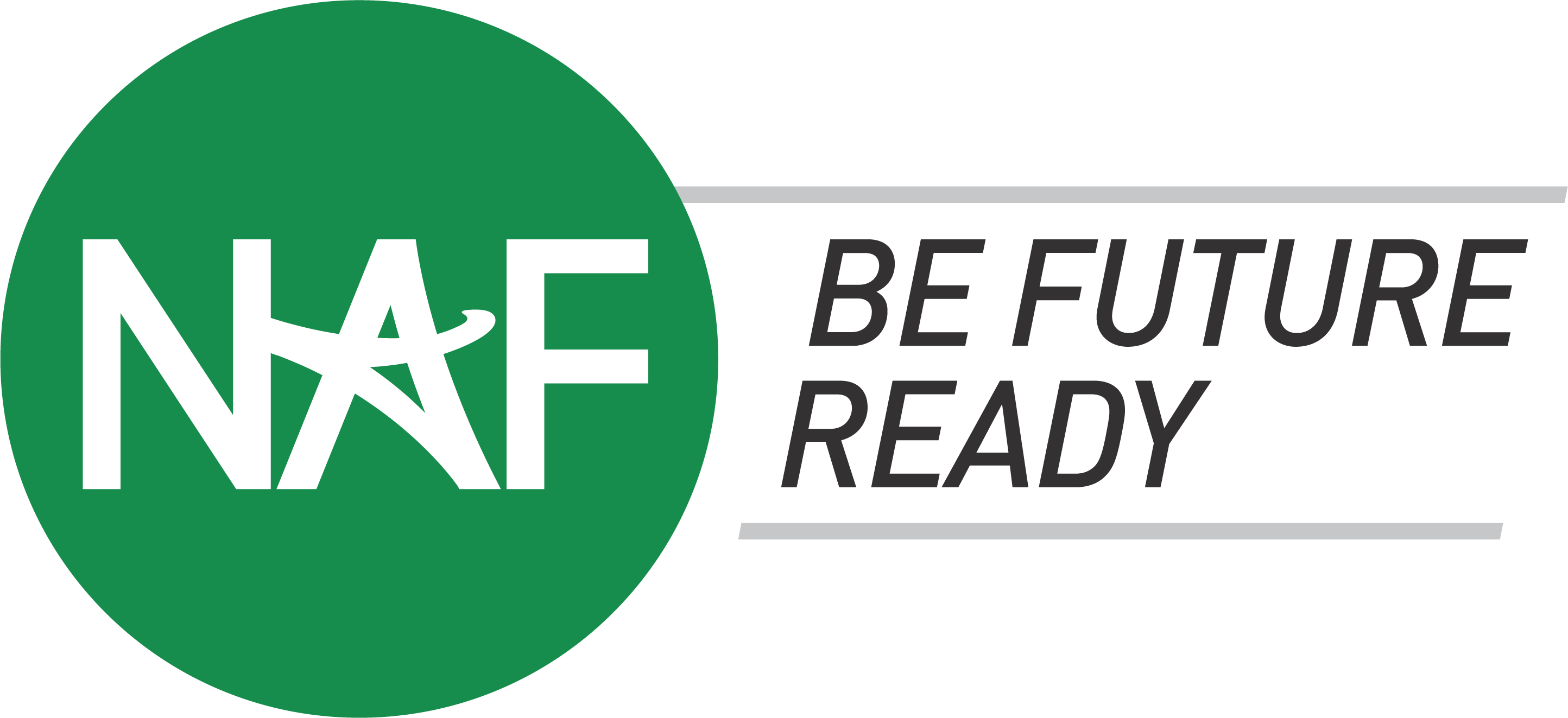Proponents of better aligning high school improvement, postsecondary education, and the workforce have high hopes for President Barack Obama’s recent proposal to create a Race to the Top-style competitive-grant program specifically for secondary education.
But the plan, which still needs to be fleshed out by the administration, could face long odds in a Congress that’s looking to cut spending. The president may also have a tough time winning over lawmakers and education advocates weary of his penchant for using competitive grants, rather than formula funding that goes out to all school districts, to advance his K-12 agenda.
Mr. Obama in his Feb. 12 State of the Union speech floated the idea of offering a new competitive-grant program for high school improvement that could help schools partner with businesses and postsecondary institutions. He has yet to put a price tag on the program or offer specifics, such as how large grants would be and for how many years. White House aides said such details would likely be released along with the president’s budget plan in the coming weeks.
The new program could take the Obama administration—which has largely focused so far on distinctly K-12 improvement efforts, such as revamping teacher evaluation—into a relatively untouched corner of federal policy, said Phillip Lovell, the vice president for advocacy at the Alliance for Excellent Education. The Washington-based group pushes for improvements to secondary schools.
High school graduation rates have been steadily rising, but there’s a “missing middle” when it comes to the connections between postsecondary education and the workplace, Mr. Lovell said.
“No one really owns that space,” he said.
Workplace Readiness
The proposed high school competitive grant program could help schools better align the high school curriculum with the demands of postsecondary education and employment, said Roberto Rodriguez, who serves on the White House Domestic Policy Council as a special assistant for education.
It would have a particular focus on the STEM subjects: science, technology, engineering, and mathematics. Schools could also be encouraged to use the grants for advising to help students envision what they might want to do with their education.
The grants would likely be for school districts—the proposal is not aimed at making big changes at the state-policy level, as have been previous iterations of the administration’s signature competitive-grant program, Race to the Top, Mr. Rodriguez said.
The program would likely be separate from the $1 billion career and technical education program, Mr. Rodriguez said, but would be in line with a blueprint for revamping the proposal last year by the administration to let districts share career and technical education dollars with postsecondary institutions and businesses, in order to improve collaboration by all those sectors.
The administration has also floated a similar, $8 billion to help community colleges partner with businesses to revamp their own training programs. That proposal was part of the president’s budget plan for fiscal year 2013 and has yet to advance in Congress.
Career Connections
Andrew Rothstein, the special adviser to the National Academy Foundation in New York City, which operates more than 500 “career academies” across the country that offer students opportunities to gain hands-on workplace experience, sees a lot of potential in the high school improvement competition.
Like President Obama, who referred to German career-readiness programs in his speech to Congress, Mr. Rothstein framed the idea as a way to help the United States better compete with other countries economically.
Career education “used to be thought of just for students who aren’t college-bound, and what we’re saying [now] is everybody needs this,” Mr. Rothstein said. “Apprenticeship models are heavily used overseas and rarely used here for high-end positions.”
He suggested that the administration encourage grantees to assess students on career readiness or give them credit for mastering certain job-related skills, such as time management and dressing appropriately for the workplace.
Students from low-income communities aren’t always exposed to the demands of workplace culture at home or in school, he said.
“They don’t meet professionals who are earning well—they’re isolated from that world,” he said.
The administration must also think through how best to ensure that rural districts have access to such programs, Mr. Rothstein said.


